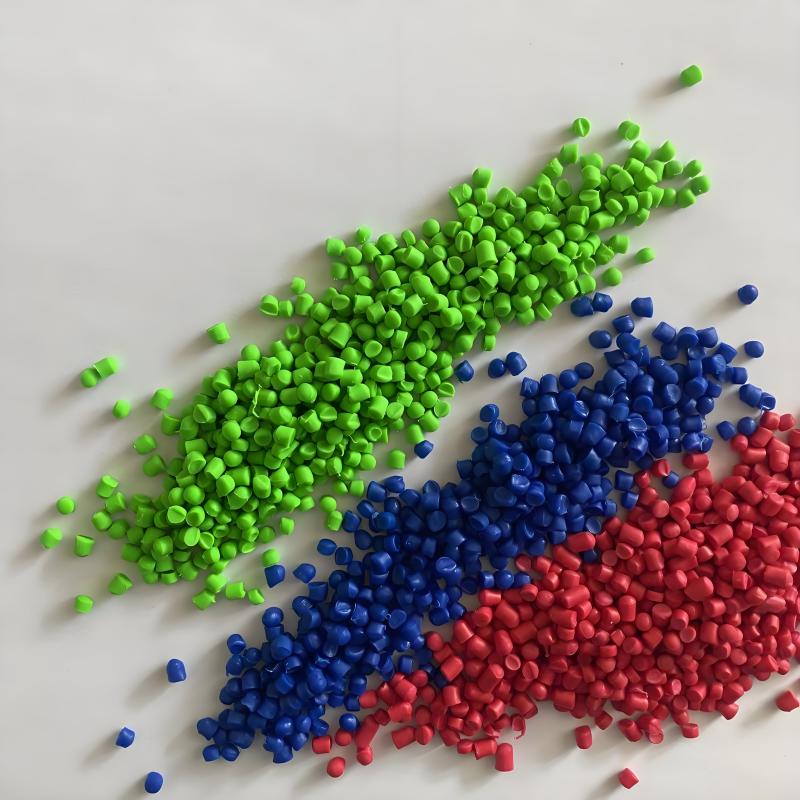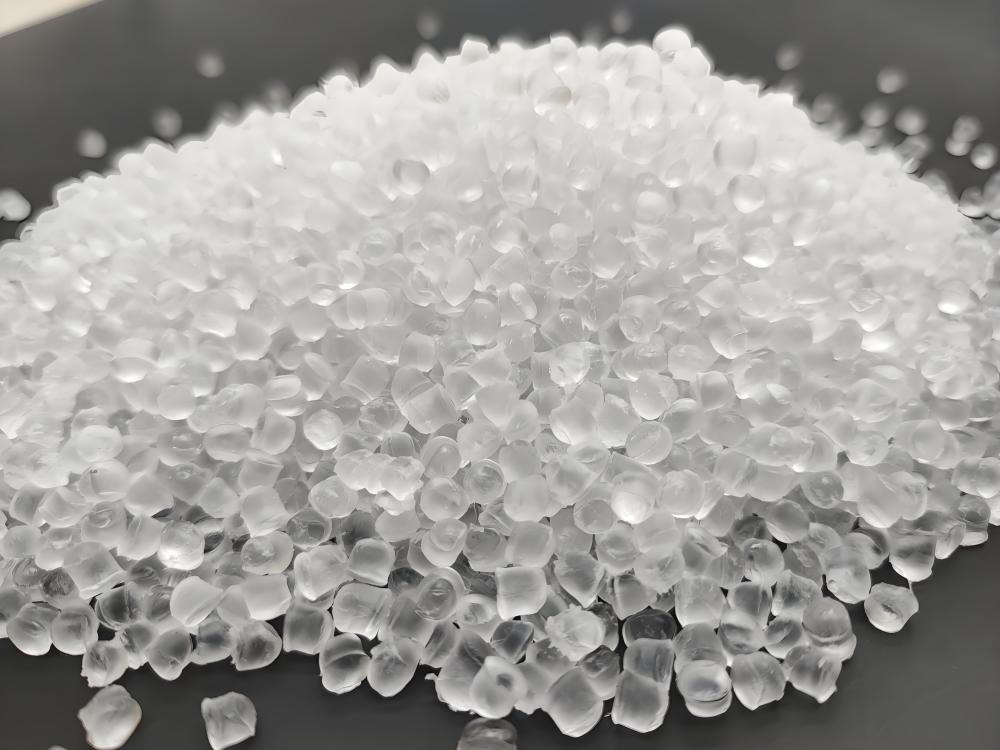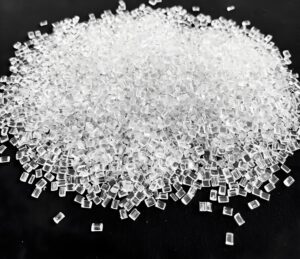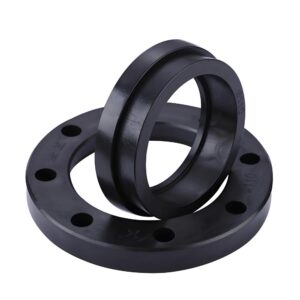In today’s industrial landscape, few synthetic materials have achieved the level of importance that polyvinyl chloride, or PVC, enjoys. From durable water pipes in construction sites to flexible tubing in hospitals, this material has become a silent workhorse across industries. Its balance of affordability, adaptability, and strength has made it one of the most widely produced plastics on the planet.
But what exactly is polyvinyl chloride, and why has it become so indispensable? To answer this, it’s worth exploring its origins, production methods, various types, and real-world applications. This article also highlights the pros and cons of PVC while addressing common questions that many businesses and consumers ask.
What is Polyvinyl chloride(PVC)?

Polyvinyl chloride is a man-made thermoplastic polymer produced through the polymerization of vinyl chloride monomers. It is ranked among the world’s most commonly used plastics, sharing space with polyethylene and polypropylene.
One reason PVC stands out is its composition. Unlike many plastics that rely heavily on crude oil, PVC is made partly from salt, which reduces dependence on petroleum. This factor not only lowers production costs but also supports its reputation as an economical material.
Depending on the formulation, PVC can be rigid or flexible. The rigid version is strong, impact-resistant, and suitable for construction, while the flexible version—enhanced with plasticizers—is bendable and widely used in cables, flooring, and consumer goods.
What are types of Polyvinyl chloride?
PVC is not a single, uniform product. Instead, it comes in several varieties to suit different applications:
Rigid PVC (uPVC)
Also known as unplasticized PVC, this type is tough and durable. It is commonly used in pipes, window profiles, siding, and roofing sheets. Its ability to resist weathering and chemicals makes it a favorite in the construction sector.
Flexible PVC (pPVC)
When softened with plasticizers, PVC becomes flexible, transparent, and easy to work with. This form appears in wire insulation, flooring, shower curtains, and medical devices.
Chlorinated PVC (CPVC)
Through additional chlorination, CPVC gains higher heat resistance and is often found in hot water pipes and industrial fluid handling.
These variations highlight how PVC’s adaptability has kept it relevant in industries with very different needs.
How is Polyvinyl Chloride Made?
The production of PVC is a multi-step process that transforms raw materials into a versatile polymer ready for industrial use.
- Raw Material Extraction
PVC starts with two primary ingredients: chlorine from salt and ethylene from oil or natural gas. Through electrolysis, salt yields chlorine, while ethylene is derived from petroleum refining. These components form the foundation of vinyl chloride.
- Vinyl Chloride Synthesis
Chlorine and ethylene undergo a chemical reaction to produce vinyl chloride, the building block of PVC. This process requires careful handling due to vinyl chloride’s volatility, ensuring safety and precision in production facilities.
- Polymerization Process
Vinyl chloride monomers are polymerized into PVC resin through methods like suspension or emulsion polymerization. The resulting resin, a fine powder, serves as the base for all PVC products.
- Compounding and Shaping
The resin is blended with additives to achieve desired properties, such as flexibility or UV resistance. This compounded material is then shaped through extrusion, molding, or calendaring, creating everything from pipes to films.
What is Polyvinyl Chloride Used For?

PVC’s applications are vast, touching nearly every aspect of daily life and industry. Its durability and versatility make it a favorite across multiple sectors.
Construction and Infrastructure
In construction, PVC is a star player, used in pipes, fittings, and window frames. Its resistance to moisture and chemicals ensures long-lasting performance in plumbing and exterior applications. For example, PVC pipes are lightweight and corrosion-resistant, making them ideal for water supply and drainage systems.
Packaging Solutions
PVC’s clarity and flexibility make it a top choice for packaging, from blister packs to food wraps. Its barrier properties protect products while maintaining visual appeal, crucial for retail and food industries.
Medical and Healthcare
Flexible PVC is vital in healthcare, used in IV bags, blood bags, and tubing. Its biocompatibility and clarity ensure safety and reliability in critical medical applications.
Electrical Applications
Thanks to its excellent insulating properties, PVC is widely used in electrical cable insulation. It ensures safety and durability in wiring for homes, offices, and industrial settings.
Everyday Consumer Products
From vinyl flooring to inflatable pool floats, PVC is found in countless consumer goods. Its ability to be colored and shaped makes it a versatile choice for household items.
Advantages and Disadvantages of Polyvinyl Chloride
PVC’s popularity comes with both strengths and challenges. Here’s a balanced look at what makes it shine and where it falls short.
Advantages
- Durability: PVC resists weathering, chemicals, and abrasion, ensuring longevity.
- Affordability: Its low production cost makes it accessible for large-scale projects.
- Versatility: Available in rigid and flexible forms, PVC suits a wide range of needs.
- Low Maintenance: PVC products, like window frames, require minimal upkeep.
- Recyclability: With proper facilities, PVC can be recycled, supporting sustainability efforts.
Disadvantages
- Environmental Impact: Improper production or disposal can release harmful chemicals.
- Heat Sensitivity: Standard PVC has a low melting point, limiting its use in high-temperature settings unless modified.
- Cold Brittleness: Rigid PVC can become brittle in extreme cold, affecting performance in certain climates.
Why Choose PVC for Your Industry Needs?
Polyvinyl chloride is more than just another plastic. Its flexibility, cost-effectiveness, and global availability have made it essential for modern infrastructure, healthcare, electronics, and consumer products. Although it comes with environmental and technical challenges, ongoing improvements in recycling and material science are extending its usefulness in sustainable ways.
For companies seeking precision machining and reliable industrial solutions, precionn is a trusted partner. With advanced capabilities and a focus on international clients, precionn delivers machining services that meet the high standards required in today’s competitive markets. By combining technical expertise with customer dedication, precionn helps businesses worldwide achieve efficiency and innovation.
FAQ about polyvinyl chloride
Yes, PVC can be recycled through mechanical and chemical processes. Recycled PVC, often called “vinyl,” is used in pipes, flooring, and new construction products. However, recycling rates vary depending on regional facilities.
PVC has moderate heat resistance. Standard PVC begins to soften at temperatures above 80°C, but CPVC can withstand higher heat, up to around 200°C.
Yes, PVC is naturally resistant to water, which makes it a popular choice for plumbing, roofing membranes, and outdoor applications.
PVC fabric is a textile coated with polyvinyl chloride to enhance durability, water resistance, and strength. It is widely used in raincoats, upholstery, tarpaulins, and outdoor furniture covers.




